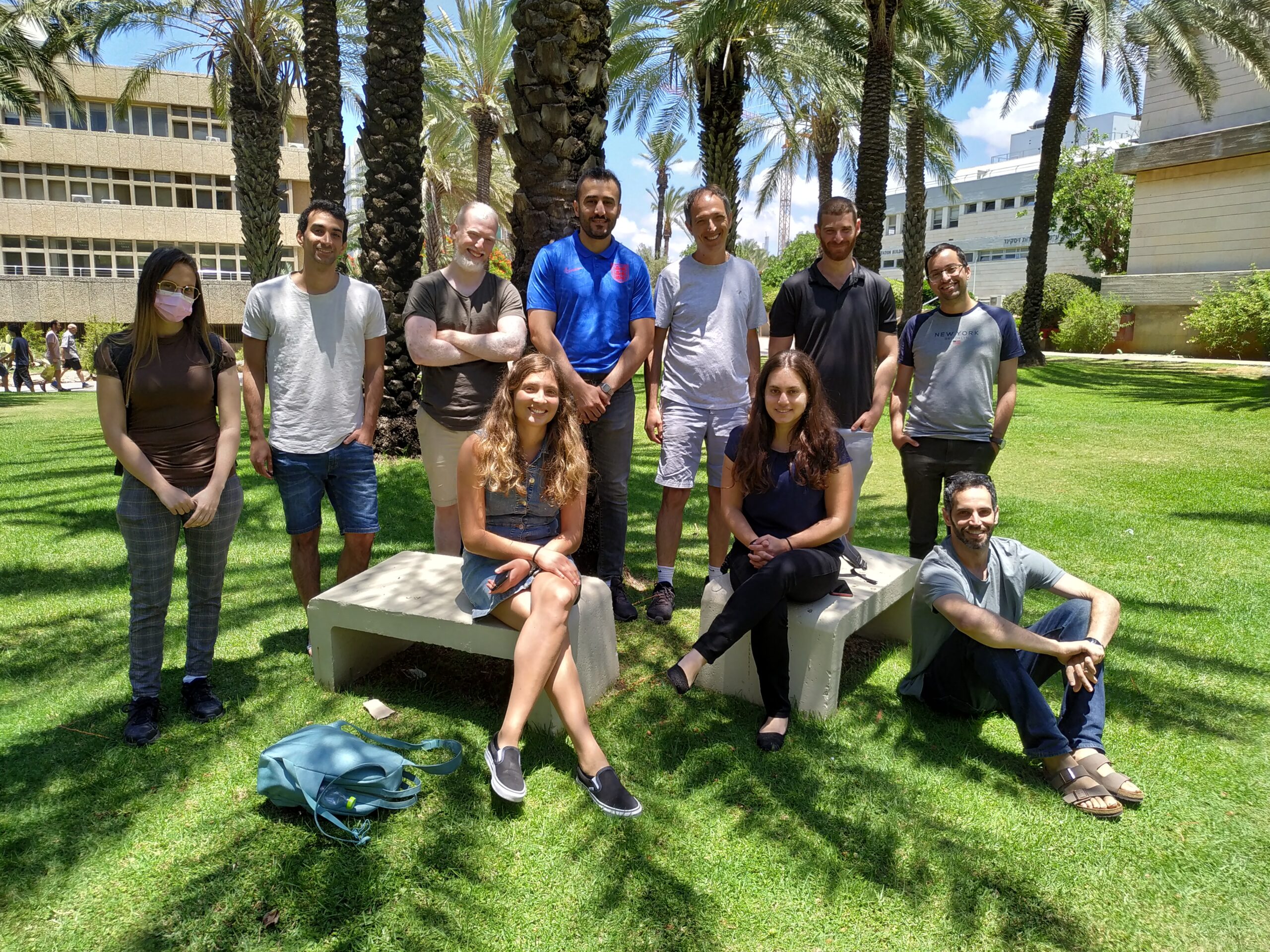In this cross-campus proposal, we set out to develop a human-relevant in vitro platform for studying Parkinson’s disease (PD), and to use it for identifying PD-associated abnormal pathways using patient-specific differentiated cells.
Over the first six months, we developed the computational, biological, and engineering infrastructure for tackling this goal, advancing considerably on all fronts.
On the computational side, (Sharan Lab) we developed a tool for pathway enrichment analysis that is based on projecting the raw activity data of disease vs. healthy proteins on a network of protein-protein interactions and then smoothing this information using network propagation techniques. In order to validate and assess the model, we did a massive literature survey to identify specific genes that were identified and published previously (in databases). It is important to note that the next step will be to apply this on the in-house data that will be available from our organoids and iPSC. The data we found was based on the expression data of iPSC-derived dopaminergic neurons from LRRK2-G2019S mutants vs. healthy controls from Carola et al., Nature 2021.
Our initial analysis identified four significantly enriched pathways (circled in bold out of top 100, see figure below) known to be associated with PD. As can be also observed, network propagation yields more significant results than the raw fold-change scores, demonstrating the power of analyzing expression data in the context of a network.
To read more Press here: Research plan
